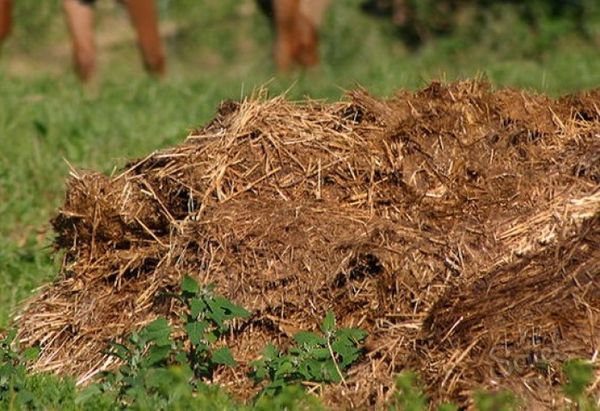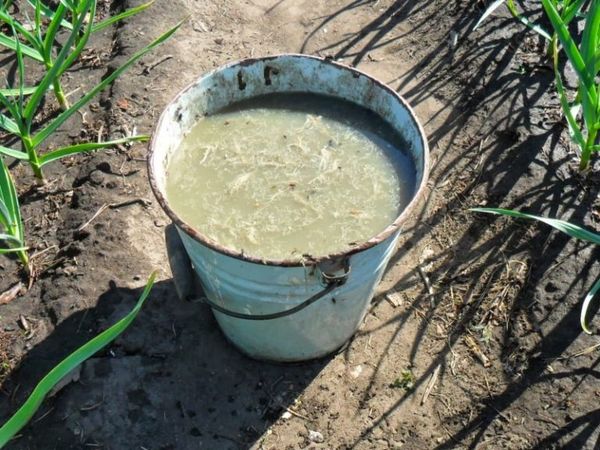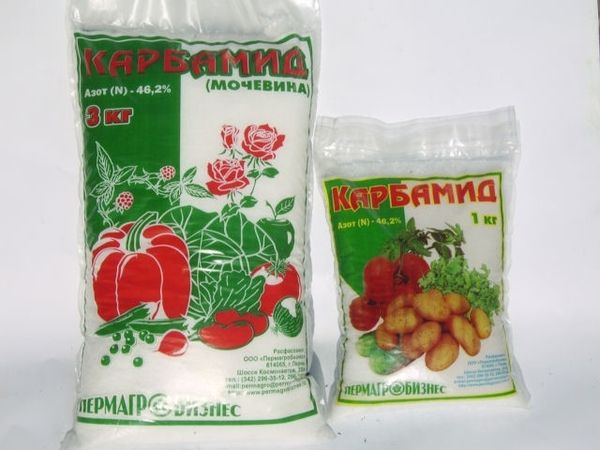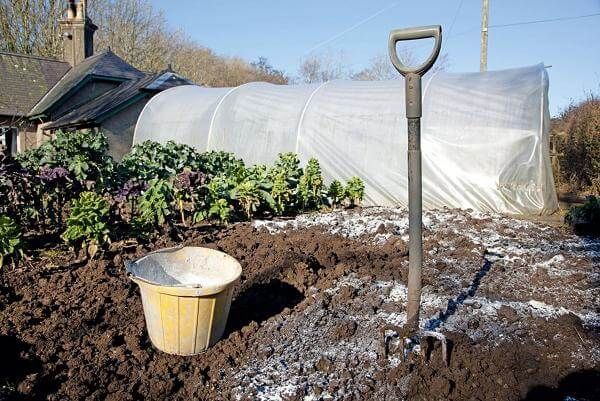Autumn feeding the land is considered an important component of obtaining a good harvest in the next season. That is why it is extremely important to understand exactly what fertilizers should be used in this case. This will be further discussed.
Table of contents
Do I need to make feeding in the ground in autumn
Autumn is the best time to fertilize the soil in the country. Soil rests, and microorganisms have a chance to more efficiently process nutrients. It gives the gardener the opportunity prepare a plot to future landings, freeing up spring time for more important matters.
In the autumn, the soil is fed on the beds with various fertilizers and their complexes. But sometimes it's just a waste of your strength. After all, certain trace elements break down and get lost during wintering. To avoid irrational use of fertilizers, it is recommended to know what exactly is used in the fall, and that in the spring.

What necessary substances can be used in the fall
Before the harsh winter comes, the soil needs additional nourishment. In this case, you can do a variety of complex feeding. It all depends on the raw materials used and the plant itself.
For fruit trees are recommended to make:
- humus or compost, which improves the structure of the soil;
- phosphorus and potassium complexes simultaneously with organic matter are poured into the prestart circle;
- ready store feedings, for example, “Orchard”, “Universal” and “Autumn”;
- manure, which is necessarily introduced in the autumn.And it is strictly forbidden to use fresh manure. He must "reach" at least several years. Otherwise, you can damage the root system of the tree.
For potato the best option would be:
- Straw manure, which, according to experts, allows to increase the yield almost twice;
- siderats;
- nitroammofosk, nitrophoska and ammophos.
For bushes berry It is recommended to use:
- ash as a natural mineral complex;
- chicken manure, which is introduced as a solution in the ratio of 1:15. Mandatory after harvesting in the process of digging;
- dolomite flour, which can significantly reduce the acidity of the soil. This fertilizer is used exclusively when necessary. There are also plants that like sour soil.

Since for different country and garden plants the complexes of nutrients change, it is best since the fall determine landing place individual varieties. If this is not possible, you need to use universal formulations.
Mineral fertilizers
Most often, plants receive nutrients in solutions. Since in this case the digestibility is much better. Today there is a huge amount of ready-made mineral complexes, for example, for lawn, fruit trees and bushes.
It is important to pay attention to the mark "for the fall." The peculiarity of such compositions is that they must have in their composition minimum amount of nitrogen. After all, it provokes active growth and may not allow the plant to prepare for wintering.
Proper use of organics

Organic fertilizers for autumn use include:
- horse dung, different density of consistency. This allows you to save nitrogen in the soil for a long time. During the winter, manure begins to soften, and only in the spring nutrients will enter the soil.For each square meter of land it is recommended to apply about 3 kg of fertilizer. And in the autumn it can be used fresh. Whereas in the spring it is strictly forbidden;
- mullein It is considered the most popular fertilizer among gardeners. It allows you to saturate the soil with nutrients. And in the fall, you can make even a raw mullein. After all, with melt water, and excess ammonia will come down. Each square meter of land accounts for about 5-6 kg. But most experts advise using mullein in the spring, since almost a quarter of nutrients are lost during the winter period. But first you need to punch it at the end of the summer;
- bird droppings considered one of the most concentrated fertilizers. Therefore, it is more difficult to use in summer and spring. It is necessary to dilute and water carefully in the form of a solution, otherwise you can damage the foliage and root of the plants. This is the perfect food for strawberries. In the fall, the manure can be distributed under the digging undiluted.
Synthetic fertilizers
There is a huge amount of synthetic fertilizers that can be used to feed the soil in autumn.

Namely:
- phosphorus-based fertilizers presented as superphosphates must be paid in the autumn. Since these substances are difficult to dissolve, they need time to dissolve and saturate the soil. For every square meter of land, 50 g of superphosphate is accounted for;
- phosphate flour Most often it is introduced simultaneously with manure, since it allows creating optimal conditions for the transfer of phosphorus to the nutrient complex of the soil. But it is important to understand that calcium, which is part of the fertilizer, is not for all plants "to its liking." The advantages include the natural origin of the composition. This is not a chemistry, but an absolutely safe component;
- urea refers to nitrogenous substances. But with the difference that it can be used in the fall. Because its amide form allows you to delay nutrients in the soil until spring. It is important to apply it correctly according to the instructions.
Folk remedies
As a folk fertilizer can be used husk and cleaning. This is a harmless environmentally friendly waste that will feed the soil with useful trace elements.Potato peelings are pre-prepared. They are filled with very hot water and insist for several days. After filtering it is recommended to water the plants under the root.
Such folk fertilizer is best used in spring. For only planted crops every 10 days during the growing season.
How to fertilize the soil for digging

It is most difficult if it is necessary to fertilize clay and sub clay soil. Since in winter, the plot becomes even denser and it is completely difficult for any plant to grow on it.
These include:
- for each square meter of land need about 3 kg manure. Moreover, the frequency of use no more than once every four years. After digging, fertilizer is evenly distributed around the plant. But it is important to ensure that manure does not reach the roots. They may die;
- grass cutting on the basis of grass and weeds laid out in the furrow to a depth of no more than 0.2 m, and then sprinkled with soil. If desired, you can make a couple of such layers, for example, to a depth of 0.1 m from the surface;
- fertilizers with phosphorus and potassium in the ratio of 50 g of superphosphate and 30 g of potassium salt per square meter;
- optimal time of use sideratov - autumn. Wait until they grow by 0.1 m, and you can dig them together with the soil.
There is a huge amount of fertilizer that is recommended for use in the fall. They can be combined, used alternately. It all depends on the set of nutrients and their compatibility. We have already talked about this, we hope that this information will be useful to you.
